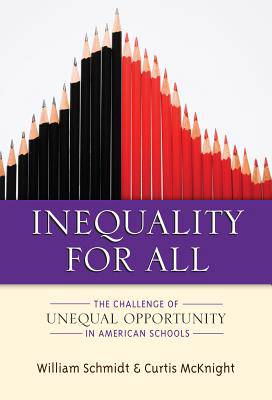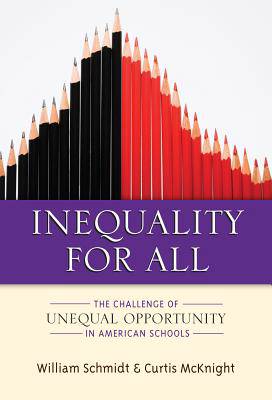
- Retrait gratuit dans votre magasin Club
- 7.000.000 titres dans notre catalogue
- Payer en toute sécurité
- Toujours un magasin près de chez vous
- Retrait gratuit dans votre magasin Club
- 7.000.0000 titres dans notre catalogue
- Payer en toute sécurité
- Toujours un magasin près de chez vous
Inequality for All
The Challenge of Unequal Opportunity in American Schools
William Schmidt, Curtis McKnight
Livre relié
118,95 €
+ 237 points
Description
Argues that the greatest source of variation in opportunity to learn is not between local communities, or even schools, but between classrooms. It zeroes in on one of the core elements of schooling - coverage of subject matter content - and examines how such opportunities are distributed across the millions of school children in the United States.
Spécifications
Parties prenantes
- Auteur(s) :
- Editeur:
Contenu
- Nombre de pages :
- 288
Caractéristiques
- EAN:
- 9780807753422
- Date de parution :
- 06-07-12
- Format:
- Livre relié

Les avis
Nous publions uniquement les avis qui respectent les conditions requises. Consultez nos conditions pour les avis.






